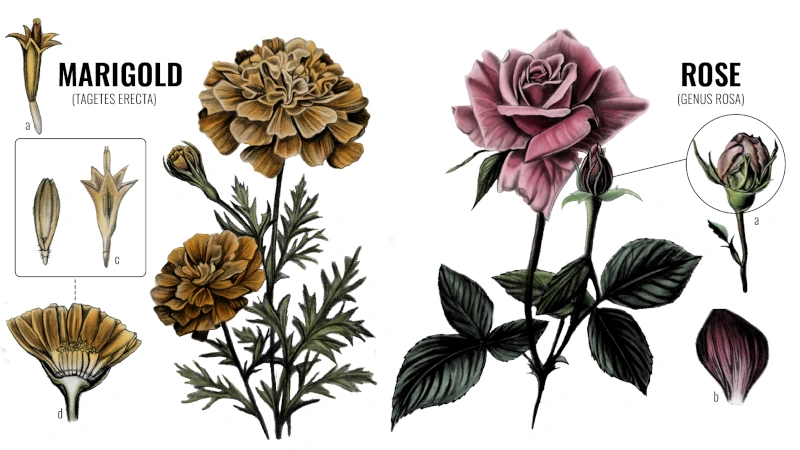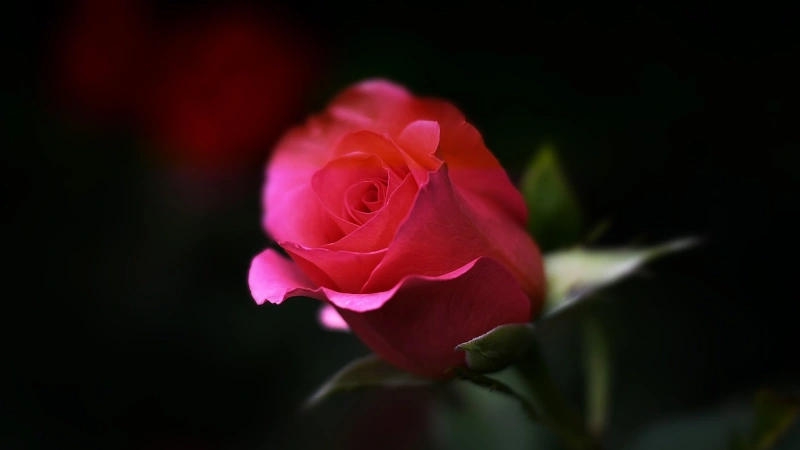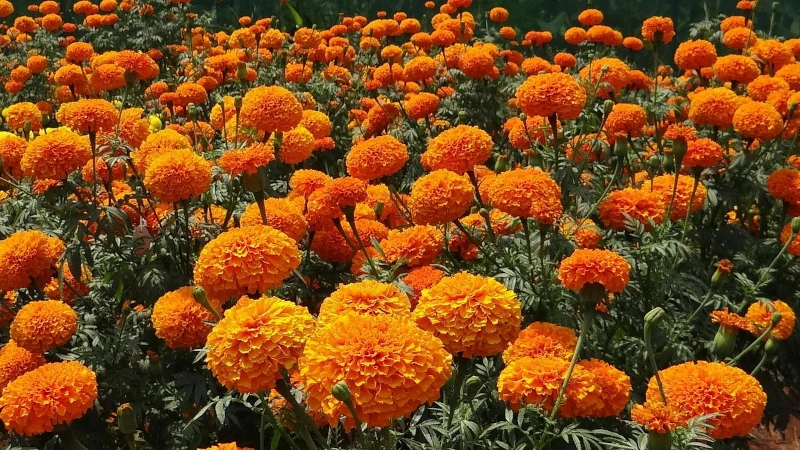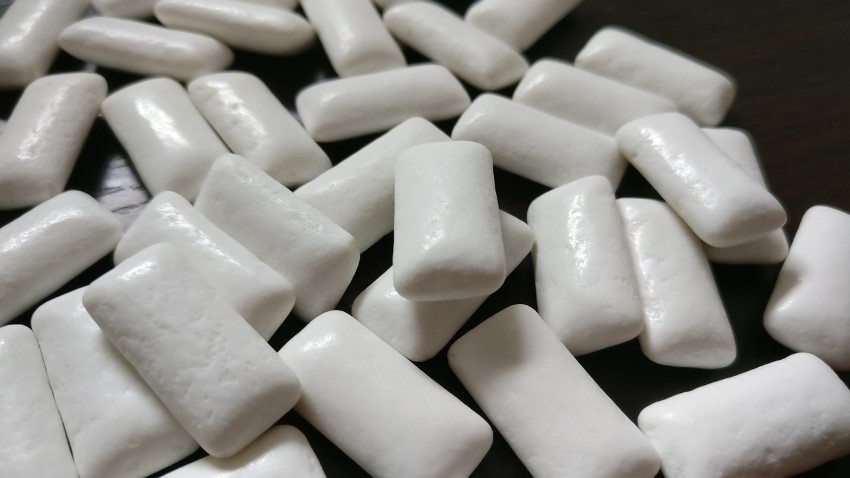Flowers like marigolds, roses may have a place in sustainable food production
Many of the flowers lining store shelves for Valentine’s Day have been gifted at romantic dinners. But what happens to the flowers that went unsold?
A new study from the University of Georgia explores how flowers can be repurposed as food ingredients, offering a more sustainable way to use blooms that might otherwise be discarded.
“Rose flowers are still going to be rose flowers on Valentine’s Day. But we are looking at what happens the day after Valentine’s Day to those flowers,” said Anand Mohan, associate professor in UGA’s College of Agricultural and Environmental Sciences. “We don’t have to throw away all the flowers that we use for decorative purposes.”
Ultrasound technology has long been used for food processing. It helps improve quality and extend the shelf life of foods such as proteins sourced from plants and other food ingredients. Not only could these technologies be used for processing edible flowers, but also for extracting vitamins, proteins and other bioactive compounds that can affect our bodies.
Because of these uses, researchers said, decorative flowers don’t have to be thrown away.
“We take those flowers, we cut them out, we make a beautiful bouquet, we give it to someone, and then after a day or two that flower’s story is over,” said Mohan, whose lab is in the UGA department of food science and technology. “We are the ones who love those flowers after they have been used.”

Illustration Credit: Kaiya Plagenhoef, UGA
Ultrasounds can process flowers faster with less damage
Using edible flowers in foods can be challenging. Flowers have a high moisture content, so they’re hard to transport or store without spoiling. To help extend the shelf life of flowers, especially seasonal ones, researchers are looking to ultrasound technologies.
Ultrasounds work by generating waves that, in turn, generate heat. This helps dry out and preserve flowers without a major drop in color quality. Other methods, including natural or hot air drying, can take longer and lower the quality of processed flowers.
Ultrasound technology could also aid in extracting useful substances from flowers that can be added to foods.
“We are trying to use edible flowers as a source of protein, food colorant and vitamins,” said Mohan. “The idea was to use ultrasound technology to make it easier for us to extract those compounds from the flower.”

Edible flowers could be an easy source of vitamins, natural colors
When Mohan began his research, the original goal was to find new ways to extend the shelf life of beef; his lab found that roses contain an antioxidant that could keep beef fresh for longer. But flowers can be used for a wide range of foods, according to researchers.
“We didn’t see flowers that way — that one particular product can offer that many dimensions,” said Mohan. “There is a wonderful untapped source of food ingredients that can become mainstream for the food industry and for human beings.”
Certain edible flowers also contain vitamins and minerals that are essential for human health. Broccoli flowers, for example, contain protein that may be added to foods such as cereals. Their color also makes them an appealing source of natural food dyes.
And with an abundance of flowers in nature, researchers say they could be a sustainable, multipurpose source of food ingredients.
Students, too, have been finding their own uses for flowers. Mohan described one that made a wrap out of hibiscus.
“Everything that my lab does is because of my wonderful students. It is because of their hard work that we have progressed so far,” said Mohan. “I give them a huge credit and a pat on their back for their work.”
The study was published in the Journal of Food Process Engineering and supported by a Georgia Beef Commission grant. Co-authors include Fidele Benimana, Kentaro Kawata, Fanbin Kong and Anupam Roy.
The post Ultrasounds could help process edible flowers as food ingredients first appeared in UGA Today.




